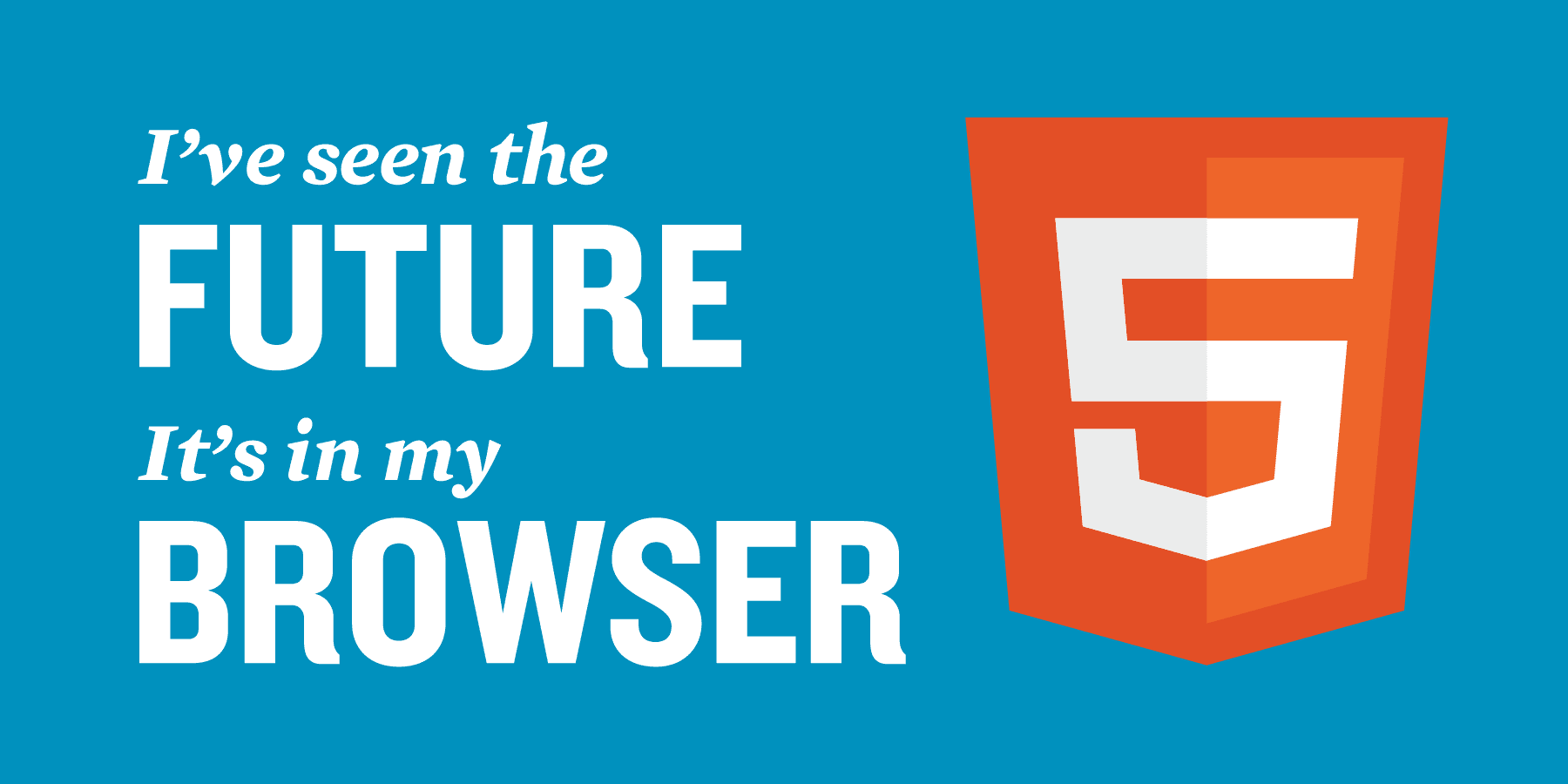HTML (also known as HyperText Markup Language) is the backbone for essentially everything you do on the internet. The last update to HTML (version 4) debuted in 1997. At the time, websites mainly consisted of simple layouts, plain text, and static images. But then came streaming services such as YouTube, and what came to be normal activities like watching TV online or listening to music on the go. So needless to say, we have been LONG overdue for an update. And we got it in October of last year.
But what was missing in HTML4? What was wrong? Great questions.
HTML4 couldn’t handle new content (such as streaming) and as a result, heavily relied on plug-ins. You’ve heard of them: Shockwave, Java, Adobe Flash, etc. They were awesome…and frustrating all at one. But when the iPhone came on to the scene, it completely lacked support for said plug-ins and developers called for the death of plug-ins and specifically for Adobe Flash, a system that requires extra-processing power. Doesn’t sound like a good idea for your battery life, huh?
So, this new version, HTML5, was built to support two main things: (1) the increasing number of interactive websites and streaming services and (2) people relying on mobile devices, instead of traditional desktop computers. To say it’s an easier and more integrative system would be an understatement. Third-party programs are no longer needed and you can count on a better experience when video streaming, photo sharing, file storing, video editing and simply dragging and dropping.
Or maybe you don’t do any of those things. And that’s okay because the bottom line it, HTML5 was created to better the internet experience. The lack of technical limitations, even when we don’t have the name for it, gets two big thumbs up from me!
But what does this mean for you as a business owner? As you know, exposure, marketing, or advertising is a key to the success of any business. And with the steady influence of the internet, online exposure has only become a greater necessity. HTML5 has made online marketing more intuitive for both you and your customers.
When asked about “innovation in advertising”, David Mendels, who was on the team that developed Flash nearly 20 years ago, had this to say about the demise of Flash and the rise of HTML5: “With HTML5 video becomes part of the page. The ad can interact with the other elements on the page more organically. You can tie the video into various parts of the page.”
If HTML5 allows more interaction with your customers and your website, that also allows more opportunity for you to connect and create brand loyalty with your customer.
Now, there will always be some growing pains with a transition such as this, but the future looks bright. So say sayonara to the days when plug-ins dictated the online user experience and give a big welcome to the age of no more middle man.

